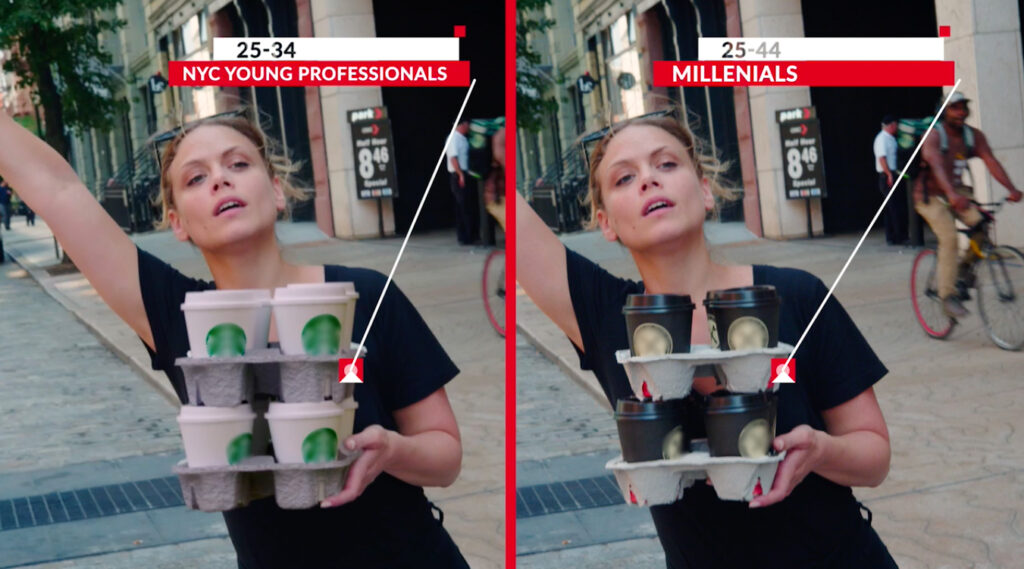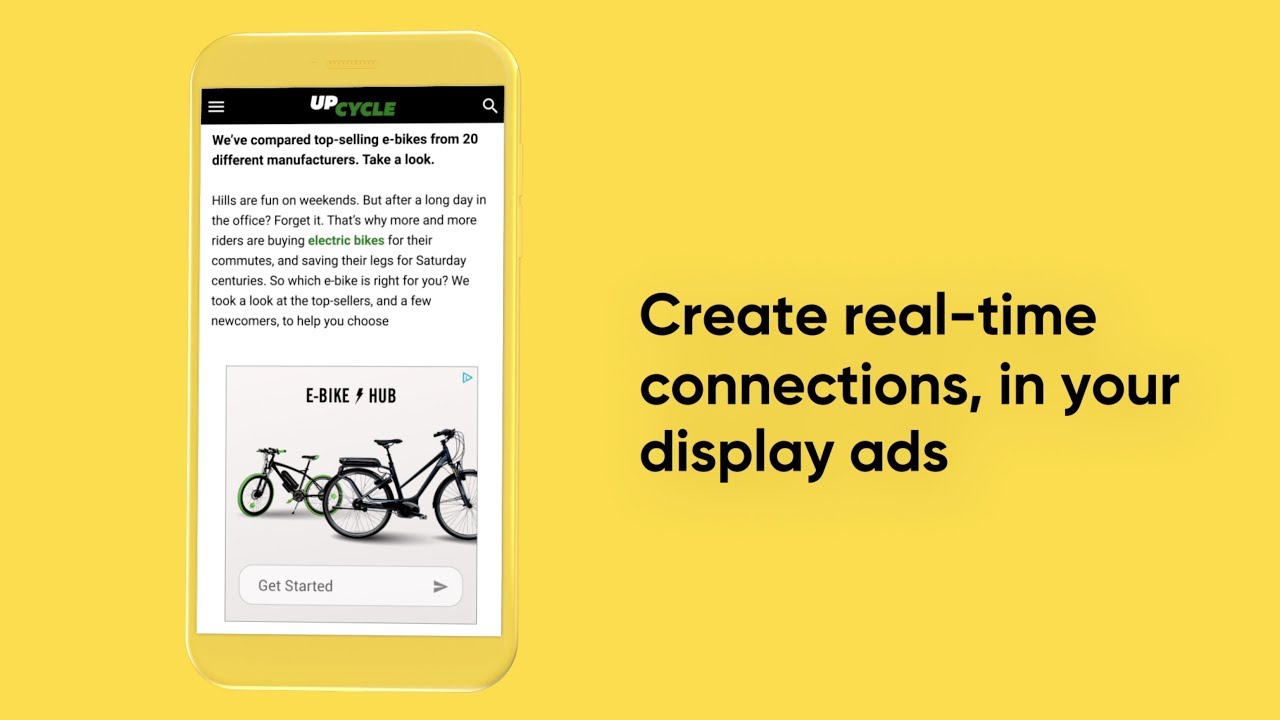Some new innovations and trends that'll change the online advertising

Online Programmatic advertising is growing by leaps and bounds. While Google and Facebook lead the advertising industry in their own way across many geographies, there are a lot more innovations happening beyond these two companies. Programmatic advertising started more than two decades ago, but within last 10 years, it has grown significantly with a lot more players like The Trade Desk, Pubmatic, Rubicon, OpenX, SpotX, MediaMath and hundreds of other big and small advertising technology companies. From a simple advertising marketplace to real time bidding ( RTB) and a lot more complex algorithms leveraging the fundamentals of Economics have been built in the last 10 years. Also, Ad formats have evolved from simple text and banner ads to native ads, interactive ads, audio / video ads, and a lot more.
As we enter a new decade, we’ll notice the evolution of advertising going through a paradigm shift. While there are lot many inventions and innovations happening in online programmatic advertising ecosystem, be it fraud detection, improved RTB algorithms like header bidding, new ad formats on all kinds of devices including e-readers, reconciliation techniques, there are 3 keys things I’ll outline for the next 2 years that will significantly gain prominence for an advertising network. These 3 topics will be the game changers from the current way or mechanisms of programmatic advertising.
Video Advertising : Dynamic Brand Integration
Online video platforms, also known as OTT platforms are on a significant growth for the last few years. But with the world facing the deadly pandemic of Covid19 this year, online video consumption grew to a whole new level. In the US alone, major content studios like NBC and Disney have launched their own OTT apps on all devices that are driven by advertising. But with the growth in consumption of advertising driven video content, new formats of video advertising are emerging out. One of them is known as Dynamic Brand Integration.

While, Product Placements and banner overlays are common in the video world, they were done during original programming and scheduling of content. These product placements and overlay ads were not personalised or targeted. For example : If the movie scene has two people sitting in a meeting with coffee cups at the table, the coffee cups can be targeted dynamically to the user preferences. Each viewer can see a different coffee mug brand like Starbucks, Dunkin Donuts, Costa or anything else based on his or her user profile. This is known as dynamic product placement or brand placement in the video using the computer vision technology of object detection, scene detection and other parameters in the video.

Even during the video being played, based on objects being detected in the scene and associated metadata being considered, overlay ads can show up as small transparent banners in the video. For example : if there is a Toyota car shown in the video, Toyota dealers in Tokyo or Manila or New York can show the overlay ad on the video based on the user location or may be show ads of different Toyota models to the user based on user profile
This will help merchants or advertisers promote their brand effectively leveraging personalised programmatic advertising and paying money for effective return on investment.
In this arena, Companies like TripleLift ( https://triplelift.com) are already working and have launched their initial product offerings in the market. Check the demo videos on triple life website link given here. https://triplelift.com/creative-gallery/#pro-ott
Conversational Ads
Conversational AI is getting more popular as the world is getting better at Natural Language Processing ( NLP ). Google’s dialogflow, AWS Lex or comprehend enable technology companies to build chatbots.
Google’s in-house company AdLingo is one of the first ones to pilot Conversational Ad technology leveraging existing banner ads clubbed with conversational AI. For example : referring to Toyota car again, if the banner ad is shown for Toyota car, the user can click on a button in the ad on the same webpage itself and have a conversation either with a bot or a human to know more about the car , model price , availability.

Conversational Ads are going to increase the RoI for the advertisers as the leads will be highly qualified so that the cost of acquisition (CPA/CPL) goes low for every lead.
Algorithmic trading for maximising return on investments ( RoI ) for both supply and demand

While the companies will keep on creating new ad formats to engage the user and get more eyeballs or clicks, another technological advancement is going to take place in the way programmatic advertising takes place. Programmatic buying and selling of ads is very similar to any economic systems like a stock market. Both the advertisers and publishers are looking to maximise their return on investment ( RoI ). While publishers are looking to earn more revenue per ad spot, advertisers are looking to get higher conversion rates.
Current algorithms in programmatic advertising world are based on plain vanilla Real Time Bidding ( RTB ) systems or a but more sophisticated version of RTB called Header bidding. While RTB or Header Bidding tries to maximise the revenue for publishers, it makes the system skewed or biased in favour of publishers and ad exchanges or networks. Demand Side Platforms ( DSPs) want to drive more value to advertisers by getting lower cost per ad spot and higher conversion rates.
Like Algorithmic trading in Stock markets, Programmatic advertising algorithms needs to consider a lot more factors in the ad exchanges so as to stop ad exchanges to function like supply side platforms ( SSPs ). Ad Exchanges need to consider a lot more factors like ad completion rates, user clicks, users credit history or purchasing power, interest areas and probability of higher conversion driven by heuristics and analysis of content consumption patterns. When more weightage will be given to users’ purchasing power and ad completion rates and users’ historical data than his or her psychographics, it will make it more interesting to see advertisers getting higher conversion rates , in turn, driving more revenue per ad spot for publishers and relevant, less annoying advertising for the user.
There are lot more innovations going on in the world of online or programmatic advertising including connecting the online advertising deals to the offline world, programmatic display out of home advertising, anti piracy efforts with data privacy regulations being incorporated in technical systems and ever evolving algorithms. The key thing is that new winners will emerge in the global markets that will break the duopoly of Google and Facebook.
